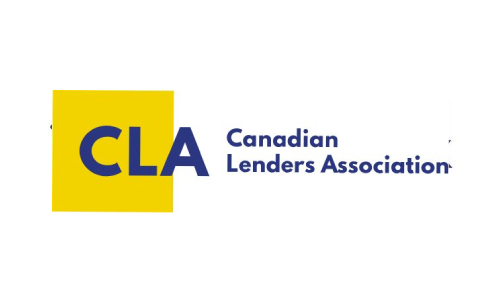Brussels, A Greener Partner?
Abstract: Canada’s new Strategic Partnership with the European Union marks a quiet pivot—one that will directly shape the future of banking and fintech in Canada. As the EU cements its position as the global standard-setter for sustainable finance, data governance, and climate-linked regulation, Canada’s alignment with European frameworks signals a shift in where regulatory gravity lies. For Canadian financial institutions, this is not just a diplomatic evolution—it is a strategic roadmap for how to build compliant, future-ready lending and fintech products in an increasingly climate-conscious, digitally integrated global economy.
Canada’s geopolitical compass is quietly but unmistakably shifting. For decades, our regulatory and economic instincts pointed due south—toward Washington. But with the unveiling of the Canada–EU Strategic Partnership of the Future on June 23rd in Brussels, the needle is turning eastward. On the surface, the agreement reads like a boilerplate statement of shared democratic values, mutual defence commitments, and sustainable development goals. But beneath the diplomatic language lies a deeper reality: Canada is recalibrating its economic and regulatory identity, aligning itself more closely with Europe’s rules-based, climate-forward vision of global finance.
For banks and fintechs operating in Canada, this pivot is not just foreign policy—it’s future policy.
This shift is particularly relevant to our sustainable finance community at the Canadian Lenders Association (CLA). In 2025, the blueprint for global ESG and climate finance is being drawn in Brussels. The EU’s Green Taxonomy, Sustainable Finance Disclosure Regulation (SFDR), and Corporate Sustainability Reporting Directive (CSRD) are fast becoming global standards. Canada’s decision to integrate with these frameworks isn’t symbolic—it’s structural. That means Canadian lenders must start aligning product development, underwriting practices, and reporting protocols to mirror EU-compliant models.
What’s at stake? Market access, investor credibility, and regulatory coherence. As Canada deepens its climate commitments under the Canada–EU Green Alliance, the need for high-integrity carbon markets, climate-linked financial products, and harmonized ESG data will grow. The financial stakes of climate are now transatlantic—and Canada’s institutions are being invited to co-lead.
Calendar HTDs like COP30 in Brazil and the UN Financing for Development Summit in Seville will further institutionalize this shift. European capital is increasingly flowing toward projects that meet stringent climate and ESG thresholds. Canadian financial institutions that speak that regulatory language—and design compliant products—will have a competitive edge.
This partnership also opens the door to a surge of green fintech innovation. The new Digital Trade Agreement and Canada-EU Digital Partnership lay the groundwork for interoperability in digital identity, ethical AI, cybersecurity, and ESG data infrastructure. These aren’t just technical standards—they are enablers of the next generation of sustainable digital lending, climate risk modeling, and automated ESG compliance.
Canada is no longer just following the transatlantic current. I believe that Banks and fintechs should treat this agreement not as background noise but as a forward-looking roadmap. Those who adapt early to the EU-aligned frameworks on sustainability, digital finance, and climate risk will find themselves better positioned—both at home and in the global marketplace.
As always, the CLA and the Sustainable Finance Summit that we will hold during Canada Climate Week, stands ready to help our members navigate this new terrain. Because when geopolitics change, so do the rules of capital. And this time, they’re being written in Brussels.
Five Key Insights for Banks and Fintechs:
-
Brussels is setting the ESG agenda: With Canada aligning itself to EU frameworks like the Green Taxonomy and SFDR, Canadian institutions must adjust product design, disclosures, and risk modeling to EU-compliant standards.
-
Sustainable finance is now transatlantic: Joint climate tools—such as high-integrity carbon markets and Just Energy Transition Partnerships—will open new channels for green infrastructure investment and blended finance.
-
Regulatory convergence enables innovation: The Digital Partnership and Trade Agreement with the EU will create space for green fintech to flourish—especially in ESG data, digital identity, and climate risk analytics.
-
Global capital will follow compliance: European investment flows increasingly favor projects that meet robust ESG thresholds. Canadian firms that adapt early will gain access to a deeper pool of sustainable capital.
-
This is a future-facing roadmap: As the global climate finance architecture solidifies around Europe-led standards, Canadian banks and fintechs have a near-term window to lead—not lag—in shaping the next era of finance.
Sign up for our 2025 Sustainable Finance Summit




